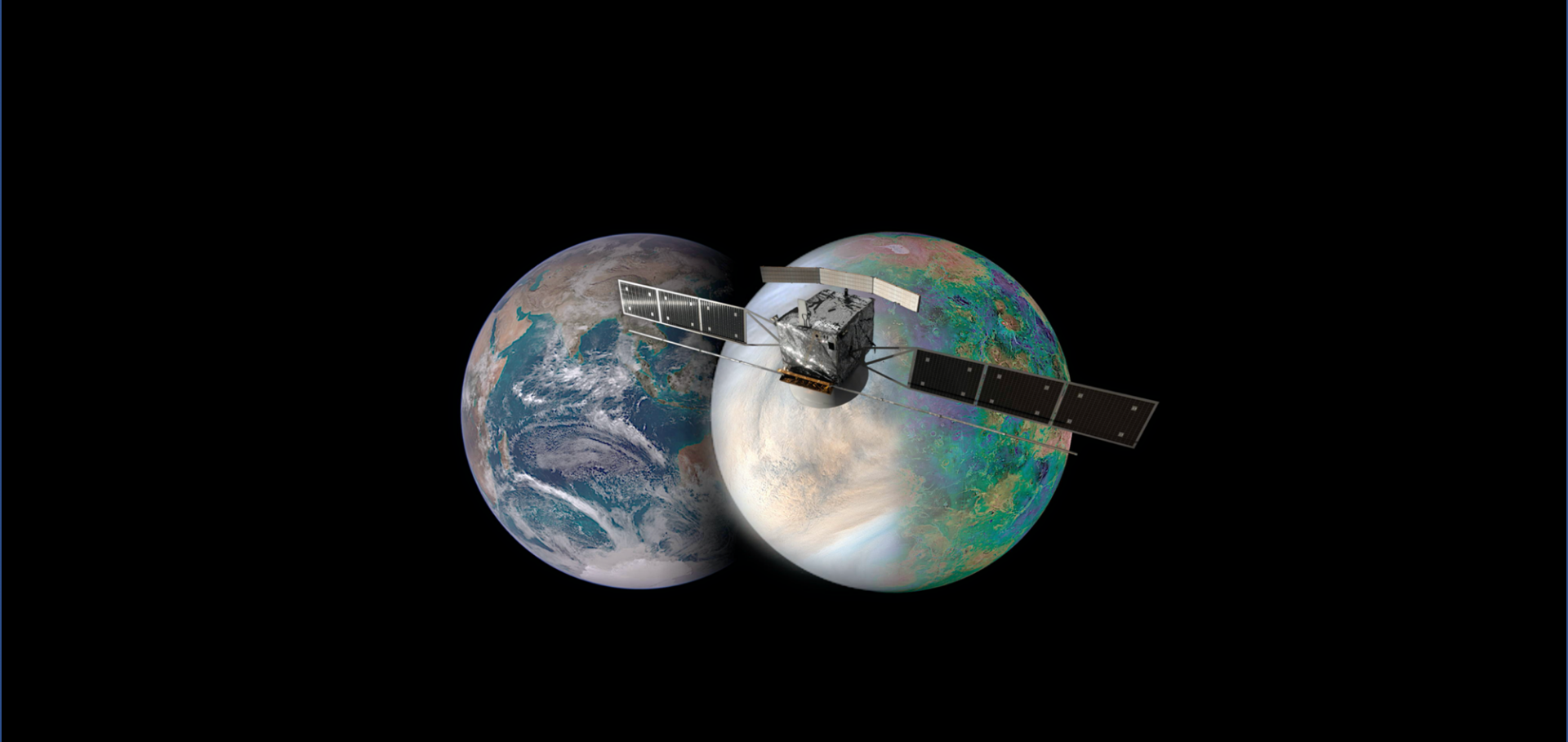Clouds and Hazes of Venus
Space Science Reviews Springer Nature America, Inc 214:8 (2018) 126
Editorial: Topical Collection on Venus
SPACE SCIENCE REVIEWS 214:8 (2018) UNSP 128
The DREAMS Experiment Onboard the Schiaparelli Module of the ExoMars 2016 Mission: Design, Performances and Expected Results
SPACE SCIENCE REVIEWS 214:6 (2018) UNSP 103
Future of Venus Research and Exploration
SPACE SCIENCE REVIEWS 214:5 (2018) UNSP 89
The DREAMS experiment flown on the ExoMars 2016 mission for the study of Martian environment during the dust storm season
MEASUREMENT 122 (2018) 484-493


